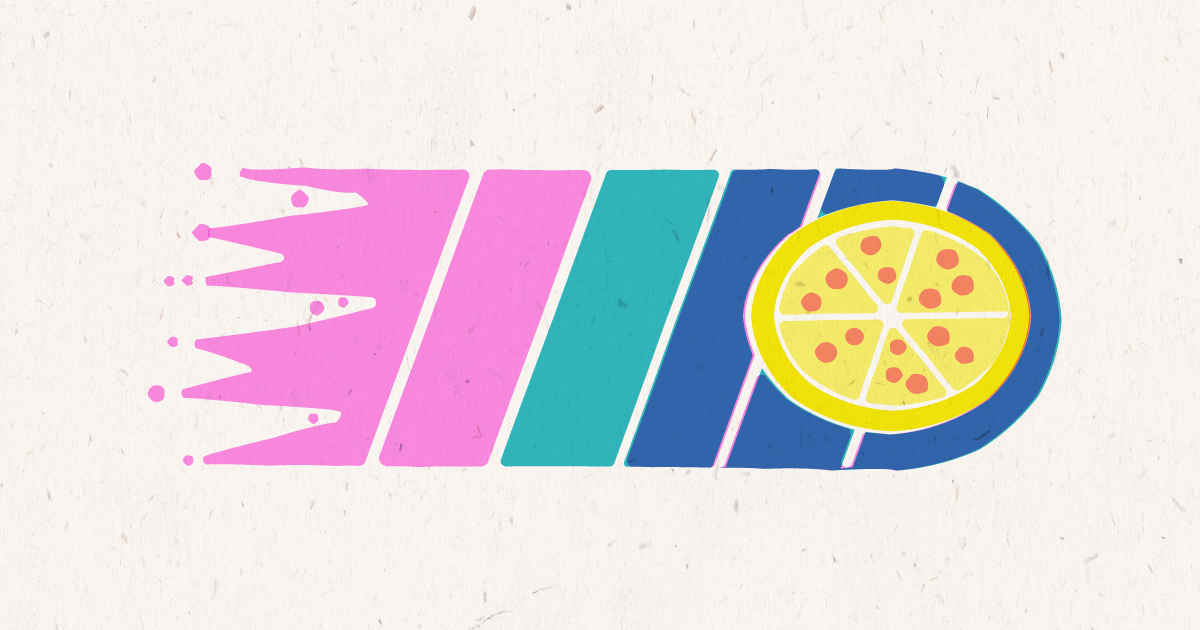2. How Domino's builds anticipation with online ordering

The future of home
Domino’s has always been the king of building anticipation for pizza. Starting with their 30-minute delivery guarantee in the 1970s, their ordering experience seems to adhere to the cliche adage that “life is about the journey, not the destination.” To wit, their pizza was ranked last in taste tests, something they admit in their own marketing. In the 1990s, Domino’s published the Pizza Meter, an annual report based on surveying hundreds of its delivery drivers about their customers’ traits. And last year, Domino's claimed the first ever unmanned aerial pizza delivery via drone, proving Domino's is on the bleeding edge of pizza delivery innovation.
The Information Age revolutionized pizza ordering. Not only did online ordering make pizza delivery more accessible to people with speech and hearing disabilities, major chains were able to offer vivid, interactive menus with hundreds of customization options without burdening their phone operators. All of the major pizza chains offer online ordering today, but Domino’s, in keeping with their branding that builds excitement around the delivery, has a simple web app that uses modern data to deliver dramatic suspense: the Domino’s Pizza Tracker.
Screenshot from Domino's ad "Home for Pizza"
The Domino’s Pizza Tracker is very straightforward on the consumer side. An animated progress bar tracks the five steps of making a pizza so the customer knows when to expect a delivery. The segments are updated with the name of the employee executing each action, building trust with the customer by seeming honest, human, and transparent. Before the pizza tracker, hungry families with impatient kids couldn’t predict whether dinner would be ready in 15 minutes or 45 minutes. Now, even if their meal takes longer to arrive, their expectations are managed by the Pizza Tracker.
The brilliance of the Pizza Tracker isn’t the visual design, it’s the data that feeds into the back end. Domino’s uses data that was likely already available and packages it into a simple interface that is reasonably accurate. I spoke with one of my former students who was a Domino’s employee and she explained each action the employees take to trigger the subsequent steps.
Image from Creative Director at Deutsch LA Ken Slater's site
1. When the order arrives at the store, an employee prints the ticket and sticks it on the box. The employees’ names are already in the system because of their timeclock software, so the tracker proceeds with the name of the person who is clocked in.
2. The order appears above the prep line. When the pizza is put into the oven, the employee sets the oven timer, signaling the tracker again.
3. When the oven’s timer is up (about 7 minutes) the “bake” step is automatically completed.
4. The “quality” step is a bit ambiguous, but it contains several steps like slicing and boxing the pizza and adding beverages and other items. When a delivery driver is available, he or she prints a ticket when they are “clocking out” of the store, signaling the tracker to move to the next step.
5. The completion of the delivery step is the least accurate since drivers don’t have a way of marking a pizza as “delivered.” Instead, the order is probably marked as delivered after a predetermined amount of time, maybe 10 minutes.
The back end of the process isn’t that sophisticated; in fact it seems probable that all of these timestamps were collected by Domino’s before the Pizza Tracker debuted so that local stores could track employees’ time and other statistics. However this creative transformation of mundane tracking data into an animated visualization of the pizza-making process is brilliant, any way you slice it.